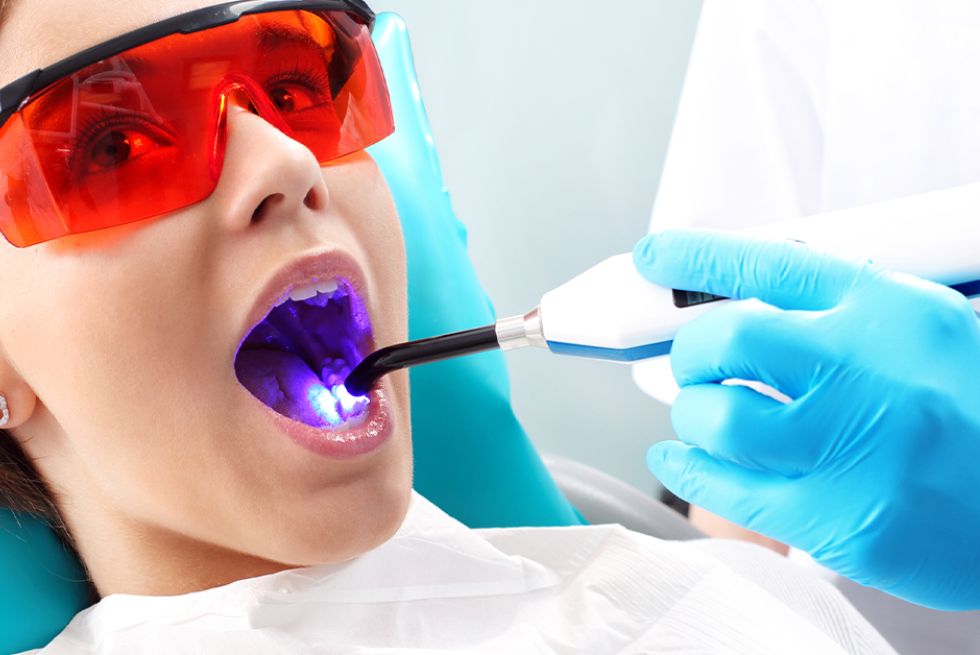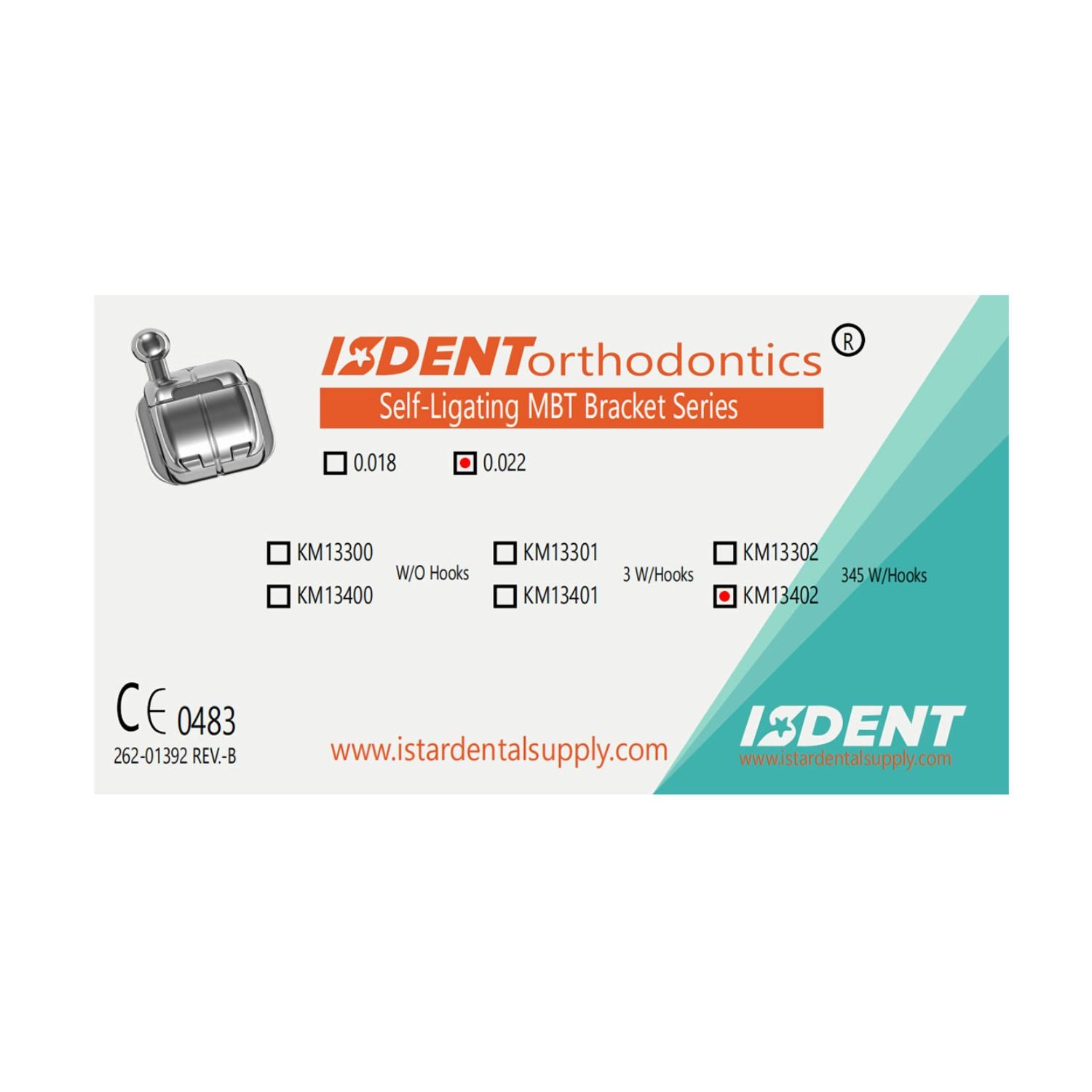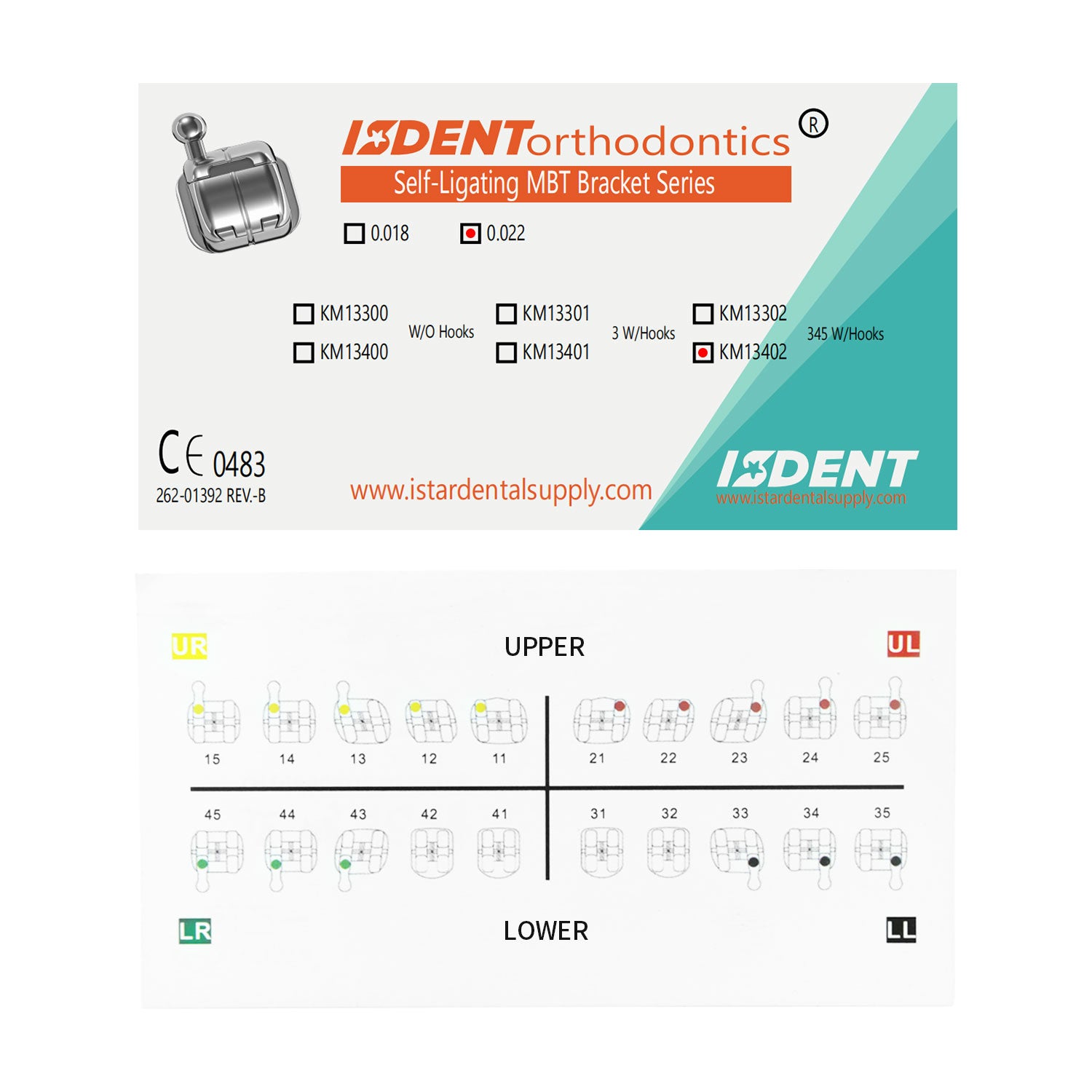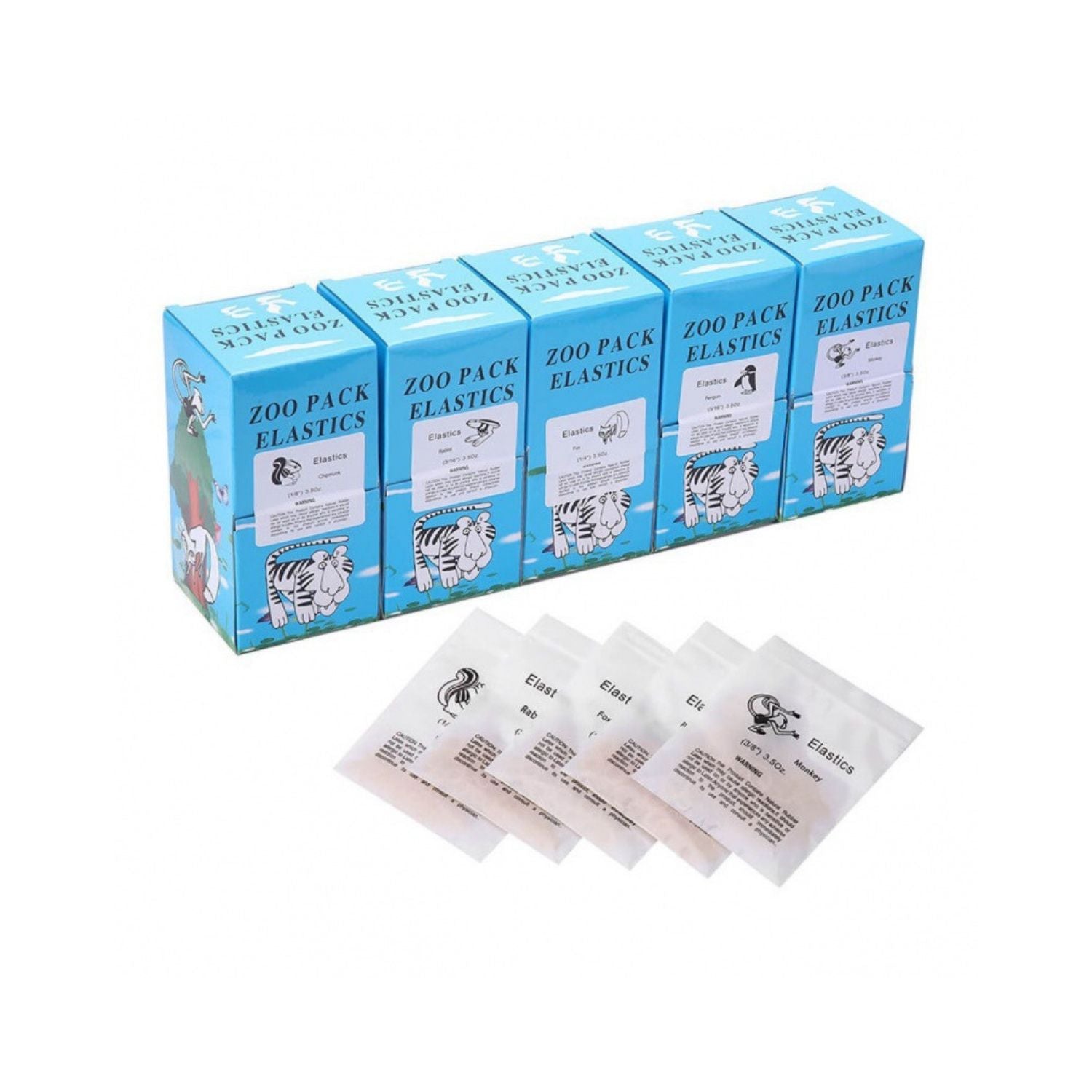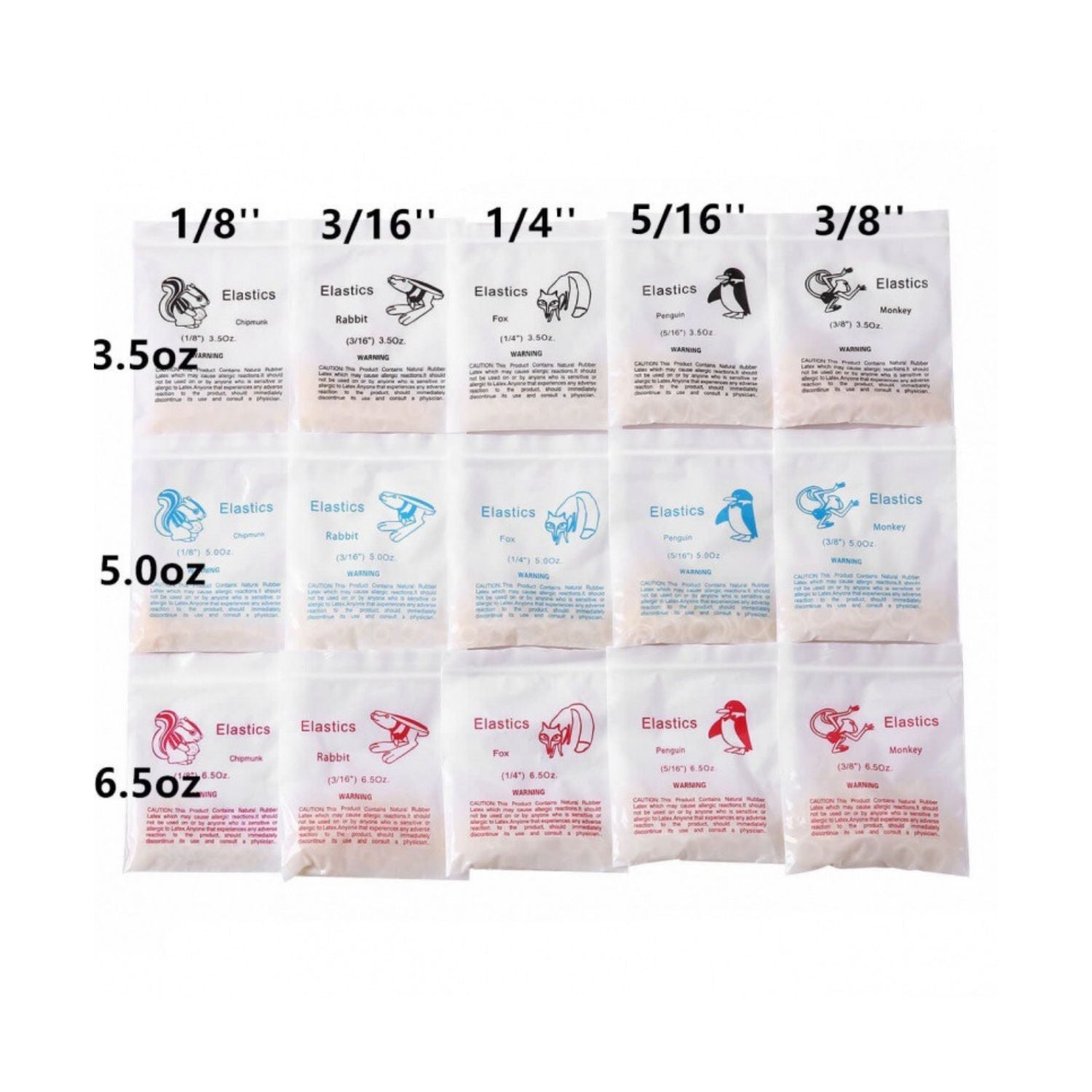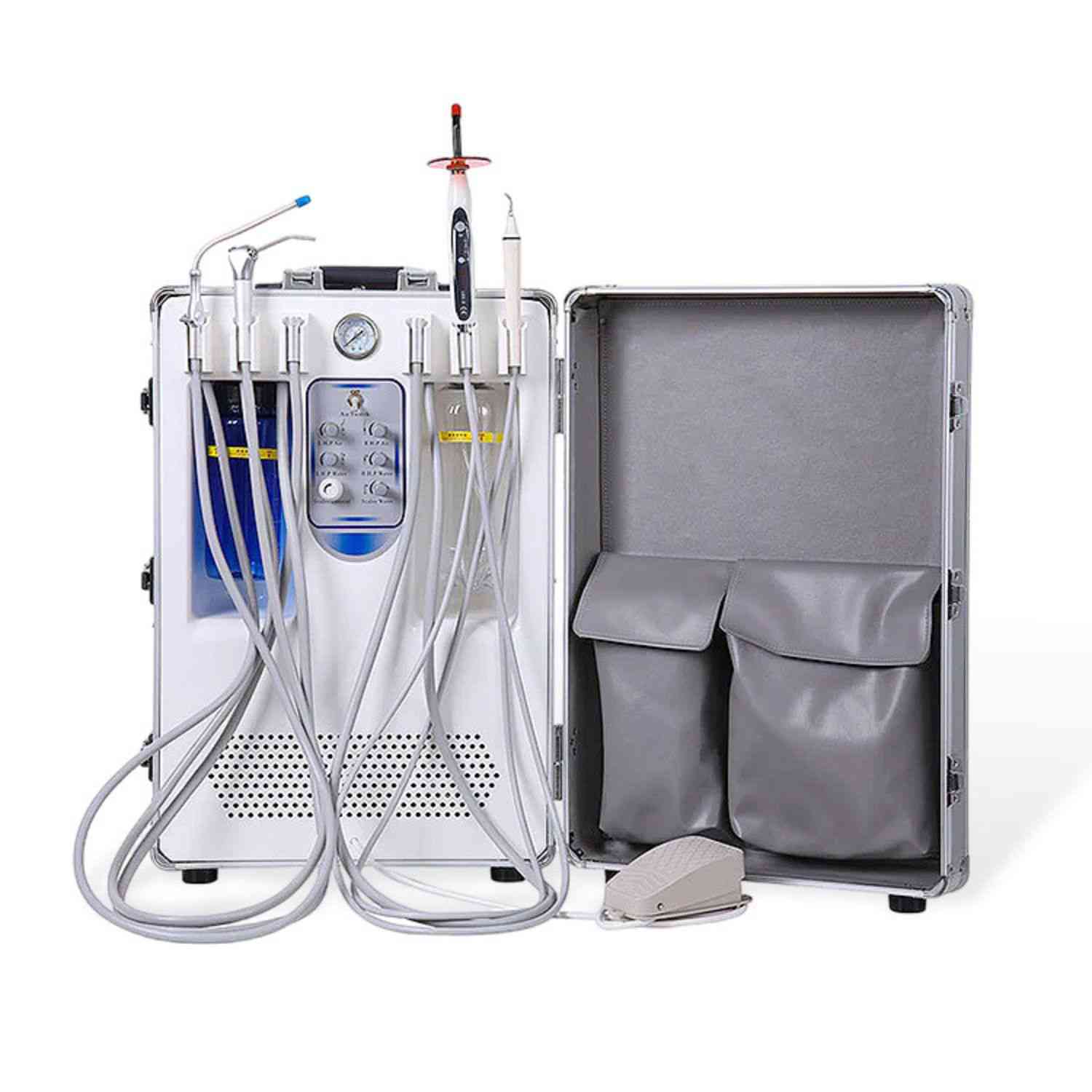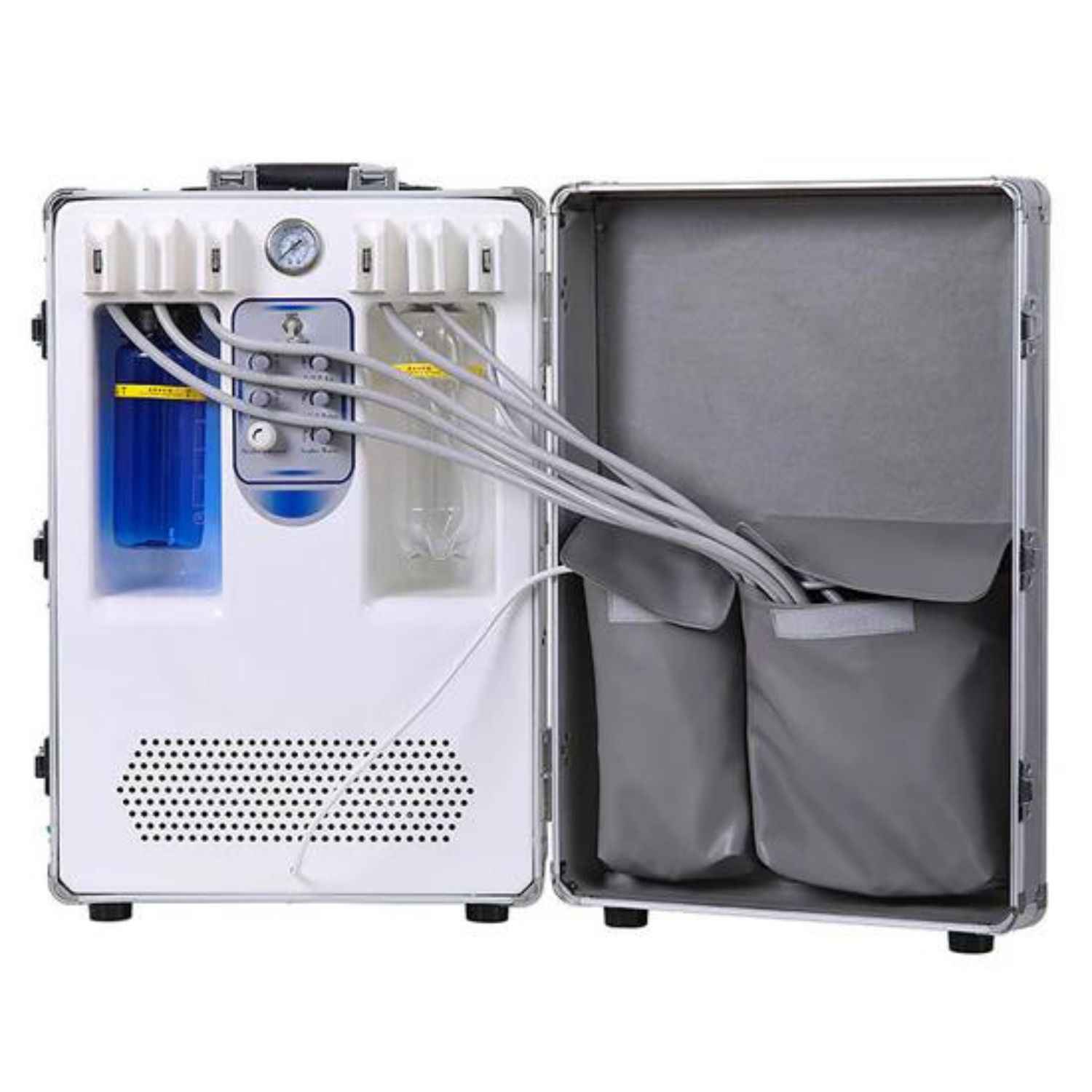Dental curing lights are essential tools in modern dentistry, used to polymerize or harden light-sensitive dental materials.
Here are the primary uses of dental curing lights in dental practice:
Light Cure Dental Use
- Composite Resin Restorations: Dental curing lights are used to harden composite resin materials during restorative procedures such as fillings.The light activates the photoinitiators in the resin, causing it to harden and bond to the tooth structure.
- Dental Bonding Agents: These lights cure bonding agents used in various dental procedures, ensuring a strong bond between the tooth surface and restorative materials.
- Sealant: Dental curing lights are used to harden sealants applied to the grooves and pits of teeth, particularly molars, to prevent cavities by creating a protective barrier.
- Orthodontic Bracket Adhesives:During orthodontic treatments, curing lights are used to set the adhesives that bond brackets to the teeth, ensuring they stay securely in place throughout the treatment period.
- Pit and Fissure Sealants: The lights cure resin-based materials used in pit and fissure sealants, providing a durable seal that protects against tooth decay.
- Veneers and Inlays/Onlays: Dental curing lights are also used in the placement of veneers and inlays/onlays. They cure the bonding agents and the resin materials used to secure these restorations.
- Crown and Bridge Cementation: Light-cured cements are often used to secure crowns and bridges. The curing light ensures the cement hardens properly for a strong and durable bond.
- Temporary and Permanent Bonding: Curing lights are used in both temporary and permanent bonding procedures, helping to set temporary crowns, bridges, or other dental appliances.

Curing Light Dental Safety Considerations
Dental curing lights are generally safe and widely used in dental practices, but there are some potential risks and considerations to keep in mind:
- Eye Safety
- Skin Exposure
Prolonged or repeated exposure to the curing light may cause skin irritation or burns. Dental professionals should avoid direct skin exposure to the light.
- Heat Generation
Some dental curing lights, especially older models, can generate significant heat. If the light is held too close to the tooth or used for too long, it can cause discomfort or even damage to the dental pulp.
- Blue Light Hazard
The blue light spectrum used in curing lights has been associated with potential retinal damage if proper precautions are not taken. Use of appropriate filters and safety measures can mitigate this risk.
Curing Light Safety Guidelines
To minimize these risks, dental professionals follow these safety guidelines
- Use Protective Eyewear: Both the dental professional and the patient should wear protective eyewear designed to filter out the harmful wavelengths emitted by the curing light.
- Proper Technique: The curing light should be used at the recommended distance and for the appropriate amount of time to minimize heat generation and ensure effective curing.
- Modern Equipment: Using modern LED curing lights, which generate less heat and are more efficient, can reduce potential risks.
- Regular Maintenance: Ensure that the curing light is regularly maintained and checked for proper functioning.
By adhering to these safety practices, the risks associated with dental curing lights can be effectively managed, making them a safe and essential tool in modern dentistry.

